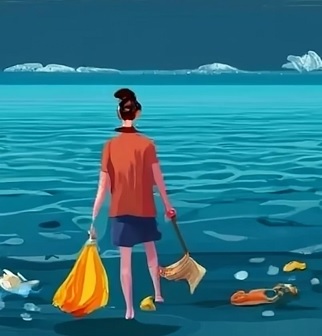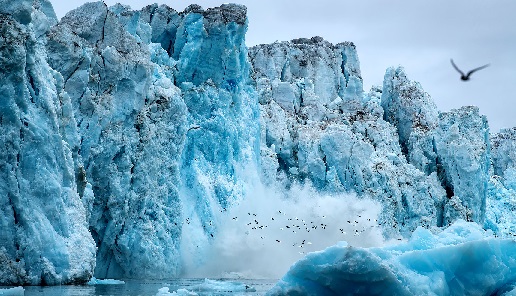Latest
The Dark Tide: Sea Pollution from Shoreline Visitors
As the sun-kissed shores beckon, and the rhythmic waves invite, our connection with the sea carries a profound responsibility. However, as millions flock to coastal destinations, a shadow is cast upon the pristine beauty of the oceans. Sea pollution due to visitors on the shoreline has emerged as a pressing concern, tarnishing the very sanctuaries that draw us in with their natural allure. 1. The Lure of the Coast: Coastal areas worldwide witness an influx of visitors seeking sun, sand, and the therapeutic rhythm of the ocean waves. While this connection with nature is essential for well-being, the unintended consequences of mass tourism are leaving a lasting impact on marine ecosystems. 2. Trash on the Tides: Beaches, once symbols of untouched beauty, are becoming dumping grounds for plastic bottles, wrappers, and discarded items. The careless disposal of waste by beachgoers contributes significantly to sea pollution. The tide carries away this litter, depositing it in the ocean where it endangers marine life and disrupts fragile ecosystems. 3. The Microplastic Menace: Beyond the visible debris lies a more insidious threat – microplastics. Sunscreen lotions, toiletries, and various plastic-based products used by beachgoers break down into tiny particles, infiltrating the water. These microplastics pose a severe risk to marine life, as they are ingested by organisms and eventually make their way up the food chain, impacting both aquatic ecosystems and human health. 4. Habitat Disturbance: The footprint of shoreline visitors extends beyond the visible waste. Trampling on dunes, disturbing nesting areas for marine species, and interfering with delicate ecosystems can have far-reaching consequences. Unregulated tourism puts stress on biodiversity, affecting the breeding and survival of numerous coastal species. 5. Overfishing and Unsustainable Practices: Coastal areas often witness increased fishing activities due to tourism demand. Overfishing, coupled with unsustainable practices like the use of destructive gear, threatens the balance of marine ecosystems. The allure of the ocean for visitors can inadvertently contribute to the depletion of vital marine resources. 6. Climate Change Impact: The carbon footprint of travel and tourism adds another layer to the environmental challenge. Increased vehicular traffic, energy consumption in tourist facilities, and deforestation for development exacerbate climate change, impacting the health of oceans and contributing to rising sea levels. 7. The Need for Responsible Tourism: The key to mitigating sea pollution from shoreline visitors lies in the promotion of responsible tourism practices. Education campaigns, waste management infrastructure, and strict regulations can play a pivotal role in minimizing the impact of tourism on coastal environments. 8. Community Engagement and Empowerment: Communities living in and around coastal areas must be empowered to actively participate in sustainable tourism initiatives. Encouraging local stewardship, supporting eco-friendly businesses, and fostering a sense of pride in preserving natural resources can contribute to the long-term health of marine ecosystems. 9. Innovative Solutions: Technological innovations and sustainable practices in the tourism industry offer hope for mitigating sea pollution. Biodegradable materials, efficient waste management systems, and eco-friendly tourism initiatives can pave the way for a harmonious coexistence between humanity and the oceans. As visitors, our connection to the sea carries the weight of responsibility. Preserving the beauty of coastal environments demands a collective commitment to mindful practices, sustainable choices, and an unwavering dedication to ensuring that our time spent by the shore leaves behind a legacy of conservation rather than pollution. The oceans, with their unparalleled beauty and ecological significance, deserve nothing less.


























Facebook Comments